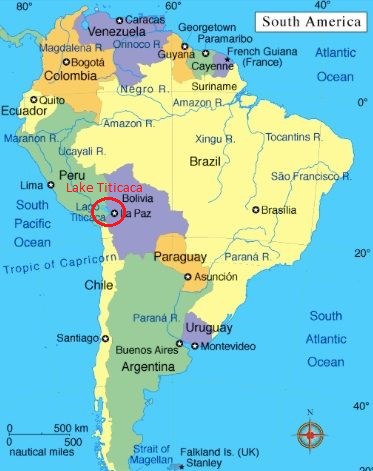7667766266
enquiry@shankarias.in
Accession to WIPO treaty
WIPO Copyright Treaty
WIPO Performances and Phonograms Treaty
Regional Rural Banks (RRB)
National Commission for Safai Karmacharis
Khan Prahari
Coal Mine Surveillance & Management System (CMSMS)
Under Water Museum

Source: The Hindu, PIB